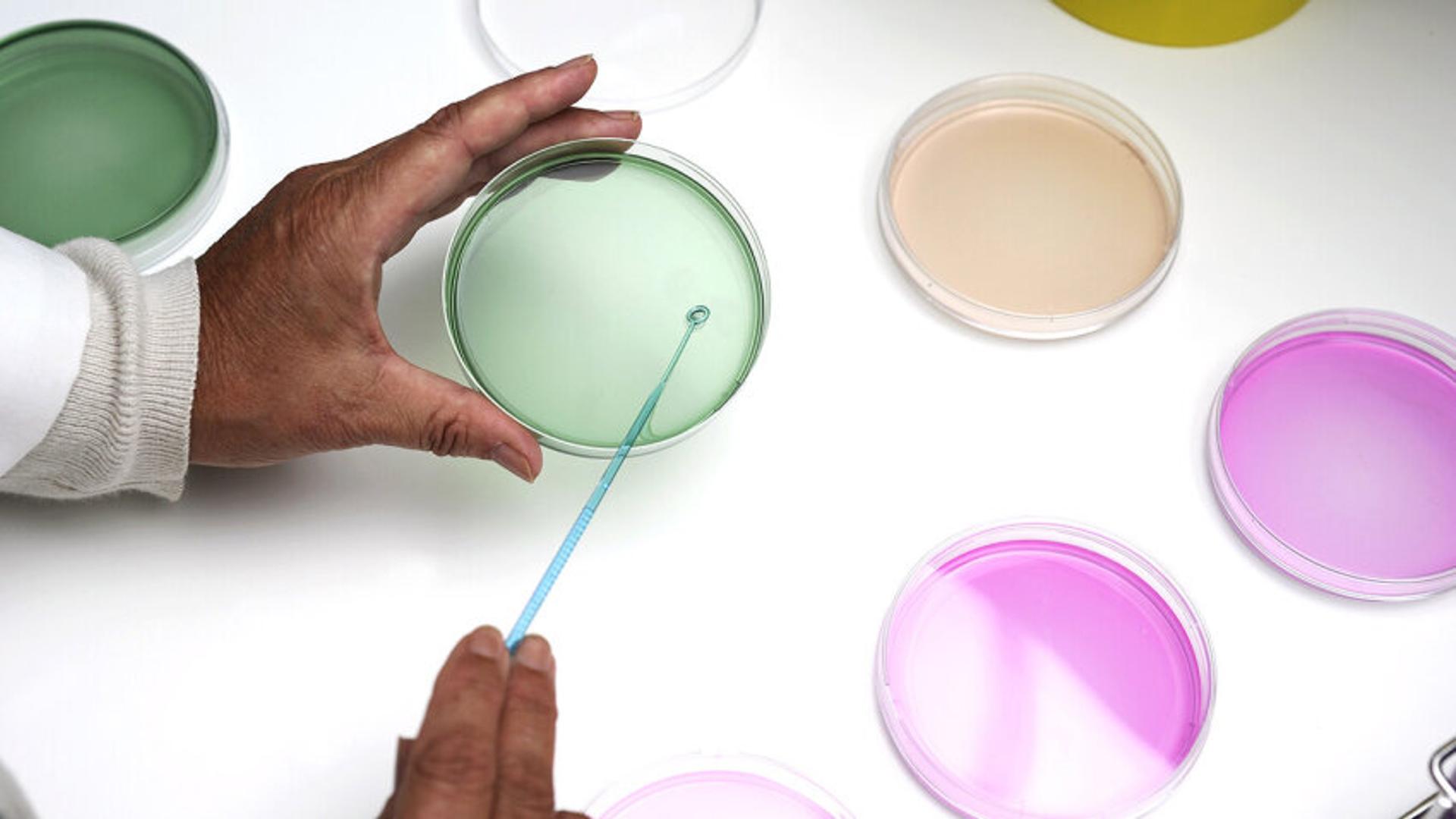Aquaculture: Growing sustainable seafood with ocean farming

But what exactly are we consuming when we eat these unfamiliar species? And what kind of impact will large-scale harvesting or farming have on the environment?
A new five-year research project at the Institute of Marine Research (IMR) in Norway aims to get a sustainable seafood revolution underway by finding answers to these questions and many more.
Diving down the ocean food chain
“Half of the world’s biological production takes place in the ocean, but food from the ocean currently only provides 2 per cent of people’s daily calorie intake. So there is a large, untapped potential,” explains researcher and project manager Antony Philip.
Together with his fellow researcher Nina Liland, he stresses that most of what we currently harvest and farm at sea comes from near the top of the food chain.
“We eat fish-eating fish, like cod, saithe and salmon. But those resources are limited. The big potential lies further down the food chain.”
Nina Liland
Researcher, Institute of Marine Research
At the bottom of the food chain lie algae – the ocean’s primary producers. But, like grass, we cannot eat algae. We have to go one step up, to the mussels, bristle worms and various small fish that live off algae.
The research project will be exploring the potential of these types of species – known as low-trophic organisms – as fish feed and sustainable food for human consumption.
“We want to increase our understanding of the whole chain of production from ocean to oven in terms of health, food safety and potential environmental impacts,” says Liland.

Greener aquaculture and sea farming
The project consists of seven work packages and involves a number of research groups at the IMR, as well as partnerships with fish feed and seafood companies.
One important line of research is exploring the suitability of these “new” species as salmon feed. In particular, whether they can replace soy as a feed ingredient. Although rich in protein, the cultivation of soy can be a threat to vulnerable ecosystems and usually has to be shipped long distances, for instance from Brazil. Sustainable marine feed ingredients would help to make Norwegian farmed salmon a more climate and eco-friendly product.
But first things first. The researchers will begin by determining which nutrients, pathogens and toxins the various species contain, as well as the extent to which these substances are absorbed by salmon, affect their growth and welfare and are transferred to their meat.
The result of this work package will be a life cycle analysis of the environmental impacts of farmed salmon produced using different types of feed.

Nutritious and abundant seafood
Another work package looks at the use of low-trophic organisms as food for direct human consumption. Here, the researchers will be evaluating the nutritional potential of these resources and whether they are a potential source of undesirable substances such as heavy metals.
“In order to exploit the potential lower down the ocean food chain, we need scientific documentation on which to base decisions about the management and use of resources.”
Antony Philip
Project Manager, Institute of Marine Research
“This project will help us to use new marine resources sustainably for human consumption and in feed,” he concludes.
The original version of this article was published on the Institute of Marine Research website on 30 March 2020. Author: Runar Bjørkvik Mæland.
For more information, please contact Antony Philip or Nina Liland.
